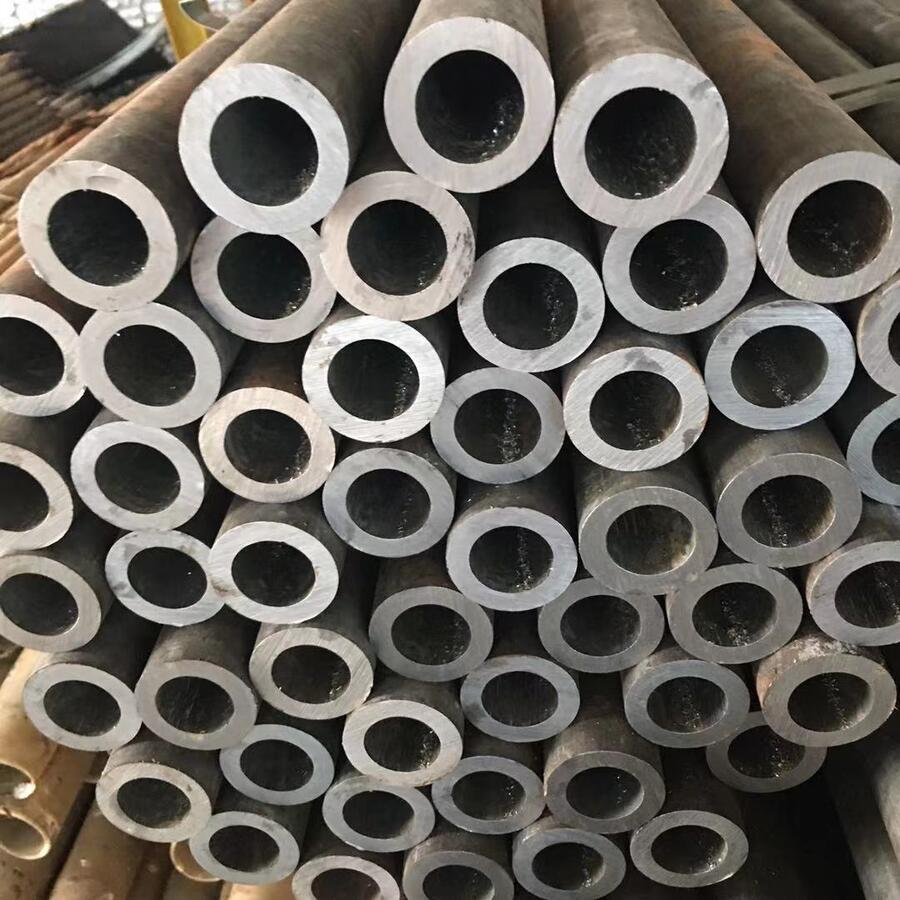Hot steel rolling mill plants are essential facilities in the steel manufacturing industry, where raw steel is transformed into finished products through a series of rolling processes. These plants utilize advanced technology and equipment to produce high-quality steel products that meet various industrial standards. In this article, we will explore the components, operational parameters, and benefits of hot steel rolling mill plants.
What is a Hot Steel Rolling Mill Plant?
A hot steel rolling mill plant is a facility where steel is heated and then passed through rollers to achieve desired shapes and sizes. The process involves several stages, including heating, rolling, and cooling. The primary goal is to produce steel products such as sheets, plates, bars, and rods that are used in construction, automotive, and manufacturing industries.
Key Components of a Hot Steel Rolling Mill Plant
The main components of a hot steel rolling mill plant include:
- Reheating Furnace: This is where raw steel billets are heated to high temperatures before rolling.
- Rolling Mill Stands: These are the machines that apply pressure to the heated steel to shape it into the desired form.
- Cooling Bed: After rolling, the steel products are cooled on a bed to achieve the required hardness and strength.
- Shearing Machine: This machine cuts the rolled steel into specified lengths.
- Control Systems: Advanced control systems monitor and regulate the entire rolling process for optimal performance.
Operational Parameters of Hot Steel Rolling Mill Plants
Understanding the operational parameters of hot steel rolling mill plants is crucial for optimizing production efficiency. Below is a comprehensive table outlining key parameters:
| Parameter | Description | Typical Value |
|---|---|---|
| Input Material | Type of steel billets used | Carbon Steel, Alloy Steel |
| Reheating Temperature | Temperature to which steel is heated | 1100 – 1250 °C |
| Rolling Speed | Speed at which steel is rolled | 1 – 5 m/s |
| Rolling Force | Force applied during the rolling process | 1000 – 3000 kN |
| Thickness Reduction | Reduction in thickness after rolling | 50 – 90% |
| Cooling Rate | Rate at which the rolled steel cools | 5 – 20 °C/min |
| Production Capacity | Amount of steel produced per hour | 20 – 100 tons/hour |
| Energy Consumption | Energy used during the rolling process | 300 – 600 kWh/ton |
| Quality Standards | Standards met by the finished products | ASTM, ISO, EN |
Benefits of Hot Steel Rolling Mill Plants
Hot steel rolling mill plants offer several advantages:
- High Efficiency: The continuous rolling process allows for high production rates.
- Cost-Effectiveness: Producing steel in bulk reduces overall costs.
- Versatility: Capable of producing a wide range of steel products.
- Improved Material Properties: The rolling process enhances the mechanical properties of steel.
Conclusion
Hot steel rolling mill plants play a vital role in the steel manufacturing industry. By understanding their components, operational parameters, and benefits, industry professionals can optimize their processes and improve product quality. For more information on hot steel rolling mill plants and related equipment, you can visit HANI TECH for comprehensive solutions and resources.
In summary, the hot steel rolling mill plant is a complex yet fascinating facility that transforms raw steel into valuable products. With advancements in technology and equipment, these plants continue to evolve, meeting the demands of modern industries.




